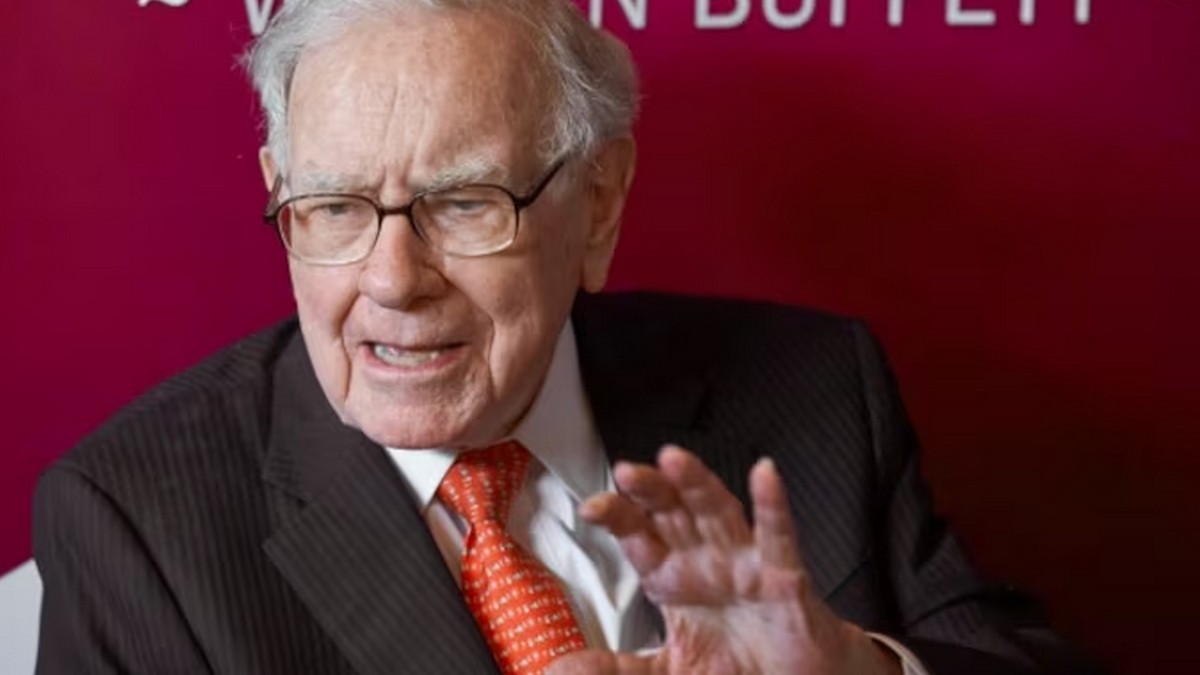It took just one man-US Federal Reserve chairman Ben Bernanke-to step into the arena and end the bloodletting of the past few days in the financial markets.
His statement that interest rates would be kept “exceptionally low” at least until mid-2013 sent American stocks soaring, halting a global cycle of panic-selling by investors.
Investors seemed to have taken heart from the fact the Fed had actually put a date-stamp on its policy action; it has never done that before.
The federal funds rate is the bank’s key monetary tool to boost the economy; low interest rates are believed to encourage spending in an economy by making borrowing cheap.
But here’s the thing: the Fed has kept interest rates near zero since 2008, when the global financial crisis struck. In terms of policy, nothing changed. The only bit that changed was that the central bank said it would continue the policy until mid-2013. “It surprised me that they boxed themselves into a corner that way,” Professor Steve Wyatt from the Farmer School of Business at Miami University told CNN . “It essentially tells markets that they don’t see any hope that we will see a stronger economic recovery in the next two years.”
Indeed, in its official statement, the Fed acknowledged that economic growth in the US is “considerably slower” than expected, which is different from its earlier statements, when it had said that the nation’s recovery is experiencing a “moderate pace”.
“Information received since the Federal Open Market Committee met in June indicates that economic growth so far this year has been considerably slower than the Committee had expected,” the statement said.
In addition, the Fed admitted that the job market had deteriorated, consumer spending had slumped and the housing market remained depressed. “Moreover, downside risks to the economic outlook have increased,” it said.
Even as investors across the globe count down to the Federal Reserves statement today, experts are divided over the impact of any attempt to resuscitate the worlds biggest economy. Parthasarathi Shome, director and CEO of ICRIER tells CNBC-TV18 about the effects the Fed’s decision is likely to have on India. Watch video below.
In other words, current monetary-and fiscal-policies have not had the desired effect of jump-starting the economy.
“They are saying the prospects are somewhat grim. They are saying hang it up for two years. That is about the best job of killing confidence that I have seen,” said Joel Naroff, president of Naroff Economic Advisors in a Marketwatch.com report .
So why such jubilation among stock investors? Perhaps because the Fed didn’t completely rule out the possibility of enacting further stimulus measures if needed.
Of course, that might not be very easy in the future. Three of the policy-making committee’s 10 voting members formally dissented against using the new language. Such open displays of dissent are rare.
Regional Fed presidents Richard Fisher of Dallas, Narayana Kocherlakota of Minneapolis and Charles Plosser of Philadelphia said they would have preferred to retain the “extended period” phrase instead of laying out a specific timeframe.
“What it’s telling us is, this was a very divisive meeting and there was a lot of back and forth,” Sherry Cooper, chief economist with BMO Financial Group and a former Fed economist said.
Continues on the next page
More stimulus ahead?
Yet, expectations are growing of some kind of new policy action at the Federal Reserve’s annual conclave in Jackson Hole on 26 August. Quite a few experts believe that a third round of quantitative easing-already nicknamed QE3-is practically a “done deal”.
It was at this very meeting last year that Ben Bernanke announced the second round of quantitative easing by the US. Under that programme, the Fed purchased $600 billion in US Treasuries as a method to introduce more liquidity into the financial system. QE2 ended in June this year. While it was widely credited for the boom in global stock and commodity markets, higher foreign fund inflows and currency gains for emerging markets, it was also blamed for triggering inflation through higher oil prices.
So what is QE? Basically, it encompasses all the methods central banks use to improve funds in the economy. The central bank typically purchases financial assets like bonds from banks and private-sector business by printing money. That increases the money supply in the economy. The goal is to allow businesses to borrow and spend more freely and keep interest rates low by ensuring there are ample supplies of cash.
The first round of easing (QE1) by the Fed tried to infuse money into the moribund housing market in the US in 2008-09, while the second round (QE2) was meant to boost overall credit levels among US consumers and businesses. In addition, interest rates were pulled down to near-zero levels in a bid to further encourage borrowing and spending. In all, the Fed spent about $2 trillion on QE1 and QE2.
Yet, that huge gush of liquidity has not had its desired effect. High debt levels among consumers (consumption accounts for 70 percent of the US economy) has inhibited borrowers from taking new loans before the old ones are repaid. Among companies, low demand from consumers has kept investments muted. Flush-with-cash banks have also been reluctant to lend.
Indeed, banks and companies ended up hoarding cash. In addition, a lot of the money went into the stock and commodity markets, sending prices of everything, from stocks to oil to new highs, and increasing foreign fund inflows in emerging markets. Both have led to soaring inflation in several economies.
Meanwhile, growth in the US went nowhere. At its earlier meeting in June, the Federal Reserve cut its forecast for US economic growthto between 2.7 percent and 2.9 percent for the year overall.
Because there are growing fears that the economy could slide back into a recession, some economists and market experts are betting big on a new round of stimulus.
According to a Reuters poll, the United States faces one-in-four odds of slipping back into recession, and the economic outlook was seen as raising the likelihood of new Fed action.
Another poll found that Wall Street economists are raising their expectations for more quantitative easing while lowering growth forecasts, and some believe the Federal Reserve may not be able to wait even until its annual conference at Jackson Hole later this month before announcing the next round of easing measures.
Yet, the big question is whether another round of money-throwing will help the US at this point. The current crisis in the financial markets is more about a crisis of confidence in politicians and policy-makers getting a grip on economic problems (in the US, about the recession, and in Europe, about the sovereign debt crisis) and is not liquidity-driven, as it was in 2008.
Yet, despite criticisms from some quarters, QE3 seems very likely. If that is the case, the excitement over lower inflation because of falling oil prices in several emerging economies (including India) might be short-lived.
)
)
)
)